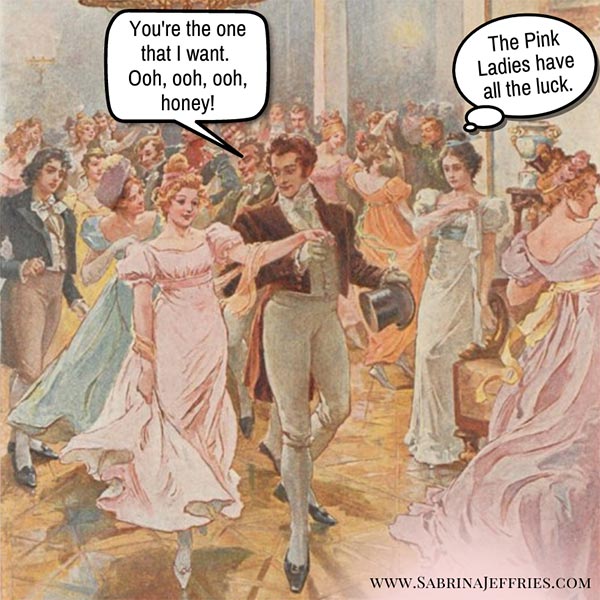St. Andrews Day

Although the Brits don’t celebrate Thanksgiving (obviously), the Scots do celebrate St. Andrews Day around that time (November 30). In fact, it’s also enjoyed with great fanfare by Eton College every year and there was at one time a Society of Scots Gentlemen in London that always held a feast on the day. But by the Regency, it was primarily a Scottish holiday, when the Saltire (St. Andrew’s Cross—a diagonal cross) was shown everywhere. I can’t confirm this, but supposedly, one superstition was that you could ward off witches if you drew a Saltire on your fireplace. I think somebody has St. Andrew’s Day mixed up with Halloween. 😊









